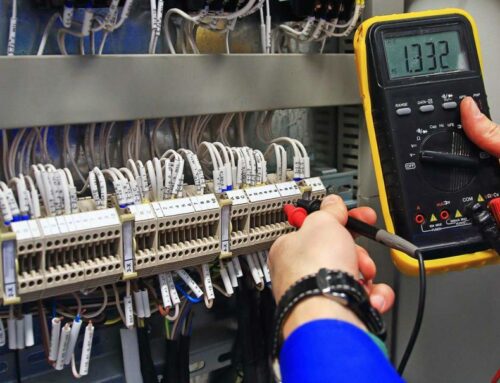What is a ballast?
A ballast is a device required by electric-discharge light sources such as fluorescent or HID lamps to regulate voltage and current supplied to the lamp during start and throughout the operation.
If you have outdated T12s in your building and they run on magnetic ballasts, you may soon face a conundrum: what do you do when your ballasts die?
Like T12s themselves, magnetic ballasts are becoming harder and harder to find these days. They’re really no longer in production in the U.S., so most people today are running T12 fluorescents on electronic ballasts.
How you can determine if a ballast goes bad? Listed below are symptoms:
Flickering
If your lighting is flickering or strobing periodically, it’s not necessarily that the bulb, or tube, is about to burn out. It could just as well be that the ballast is going bad.
Buzzing
Deteriorating ballasts often buzz, or hum, when they’re on their way out. If you’ve been hearing this, you need to have your ballast tested.
Delayed Start
If your fluorescent lighting starts to act like HID when you turn it on, and it’s slow to reach full illuminance, your ballast is most likely the culprit.
Low Output
Low lumen output is almost always the cause of one of two things: an old fluorescent lamp or an aging, bad ballast.
Inconsistent Lighting Levels
Fluorescent lamps almost always experience color variation and fading. At different stages of the lamp’s life, different light levels will be produced. But if you’re seeing dark corners and inconsistent lighting in your space, it may not just be because of the lamps. It could very well be the ballast, too.




